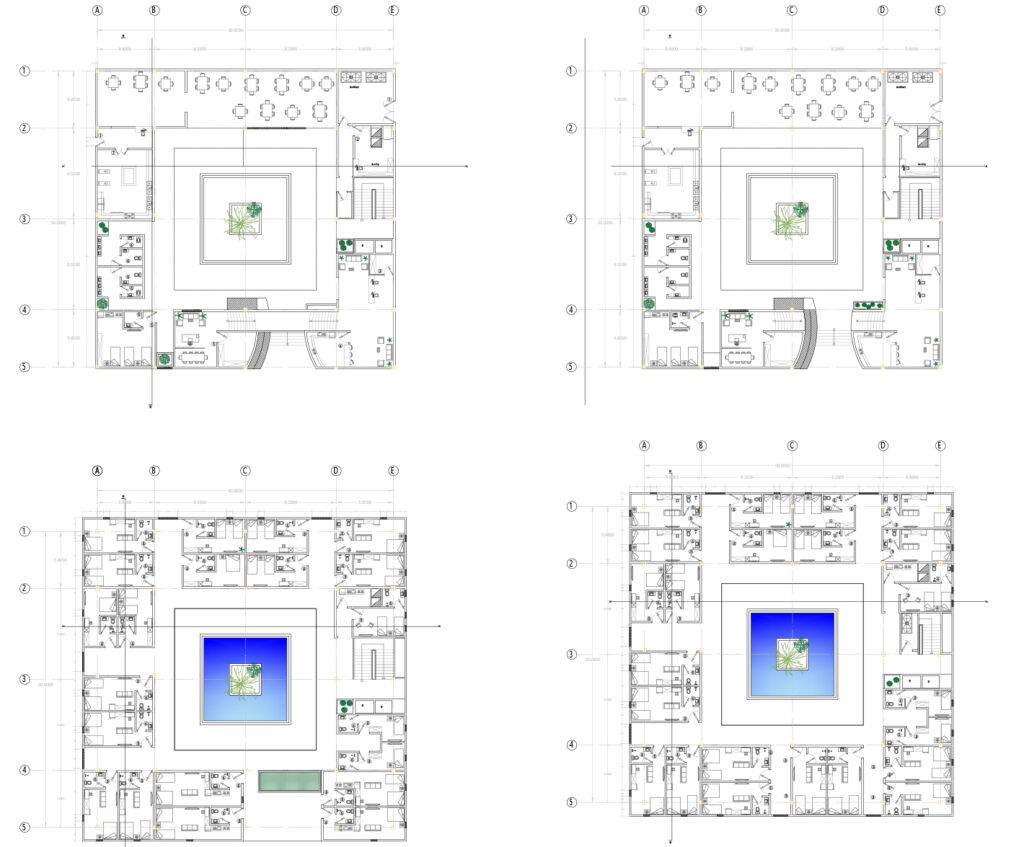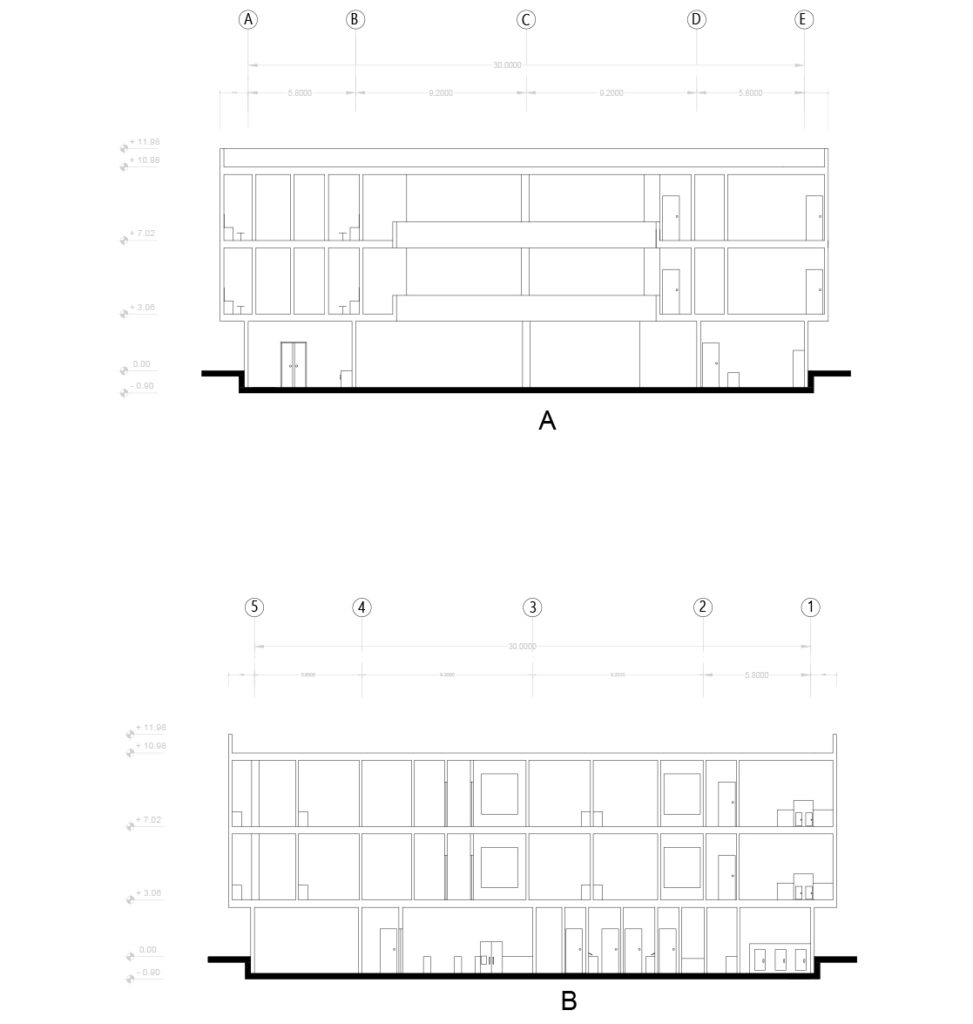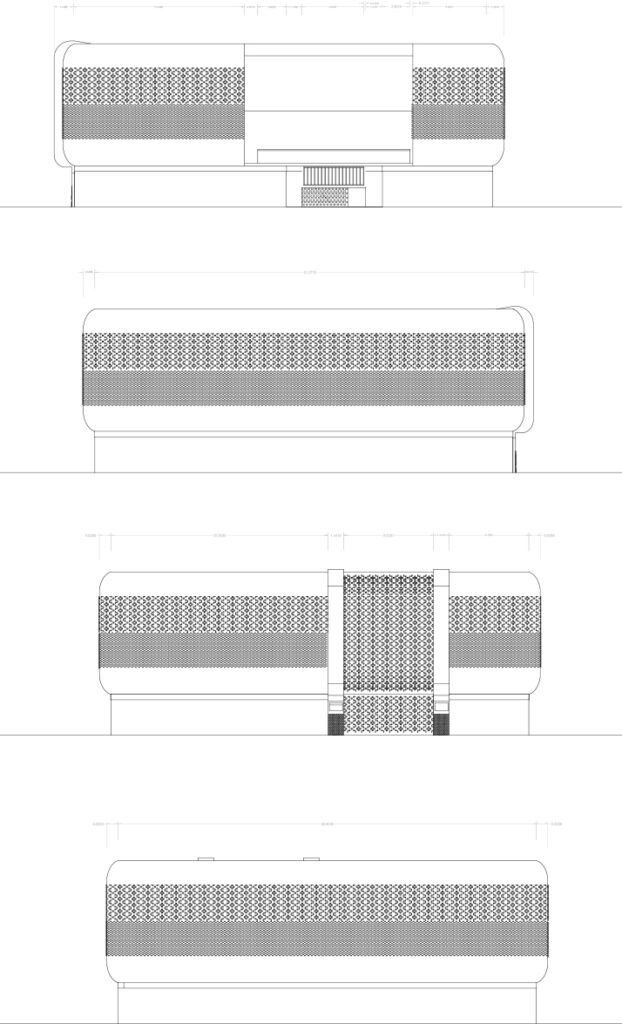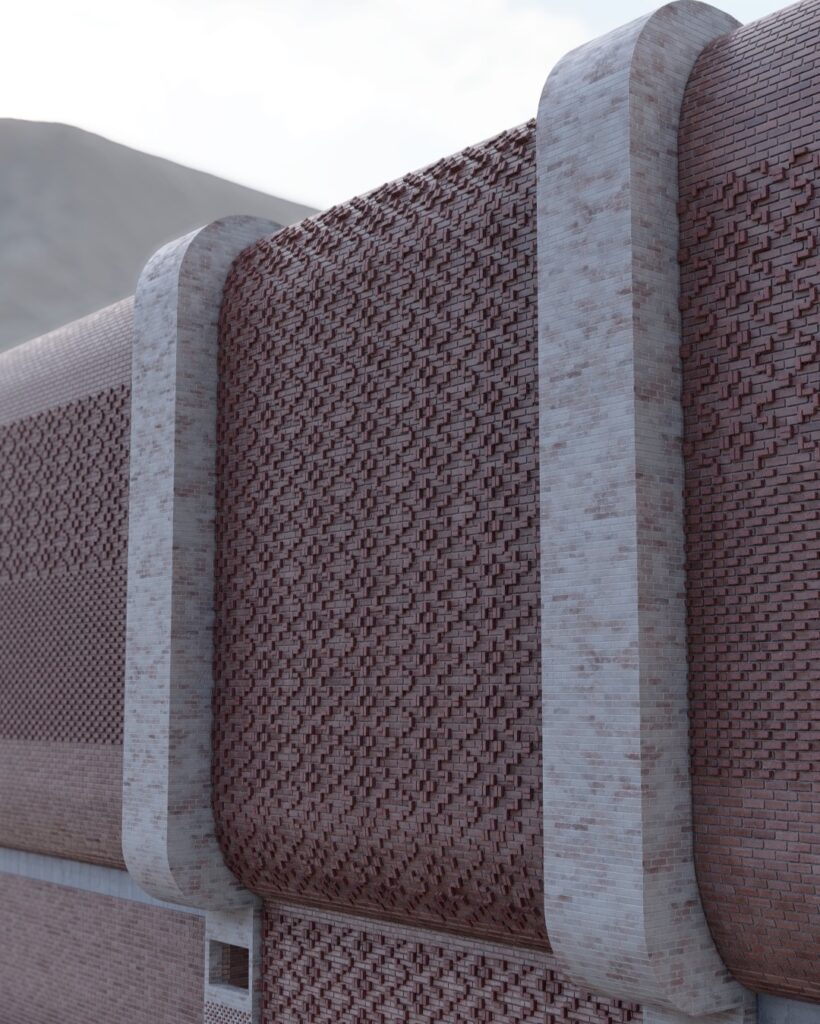
Project: Motel
Location: Kerman, Iran
Year: 2018
Academic
Individual project
My tasks:
Research, analysis, designing, modeling, rendering, and presentation.
REQUIREMENTS
Temporary accommodation places are places where travelers and tourists stay for a while to spend their free time and relax away from the hustle and bustle of the city. These places include hotels, motels, guest houses, beaches, villas, campings and other accommodation places.
Types of accommodation
- Hotels and similar places that provide two basic services, i.e. accommodation and food, in return for payment.
- Complementary places include rental houses, apartments, camping and caravan sites, motels and sanatoriums that provide temporary living for a fee and are not required to provide food.
In most countries, a hotel is a place that offers two basic services to travelers for payment, which are:
1-Accommodation 2-Service (food)
A comprehensive definition of the hotel and its administration has been presented in more than one hundred classical systems in the world by different governments. The international classification system classifies both the pasture part and the design method (sign, grading form, star and crown and other hyacinths). The way of monitoring hotels and their members is also different. Hotels may be under the monopoly and contract of one or more tours. And it is also possible to limit the serving of food to the residents.
Project


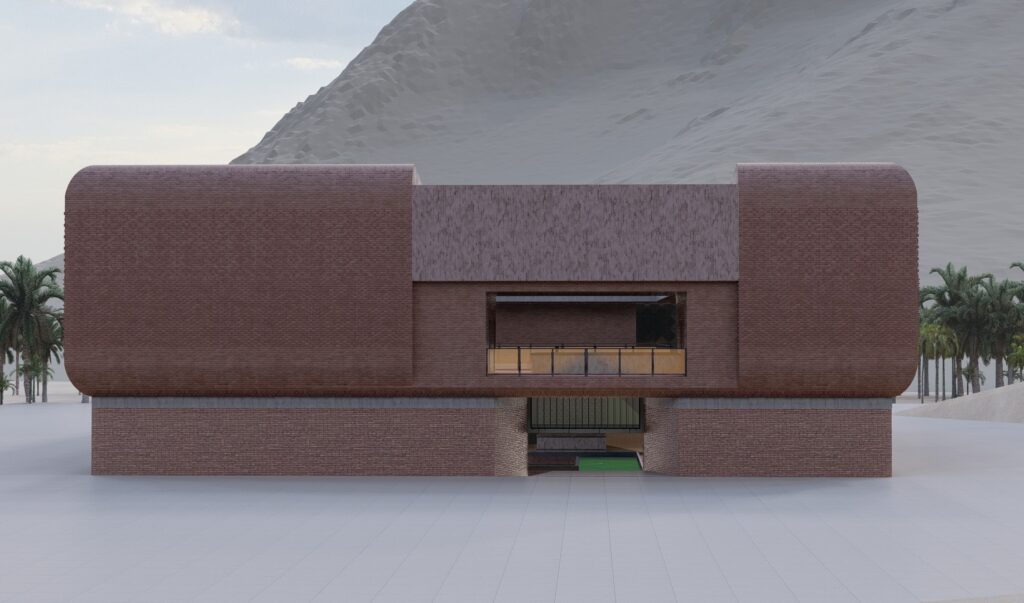
This project was defined with the subject of creating a traditional residence in the historical context of KERMAN. In recent years, context rehabilitation projects have been developed based on the demolition and aggregation strategy, which gradually eliminates the proportions of void and mass, the geometric and communication system of passages, and the structure of a significant part of historical context by eliminating fine-grained structures and passages, defining large-scale projects and constructing streets.
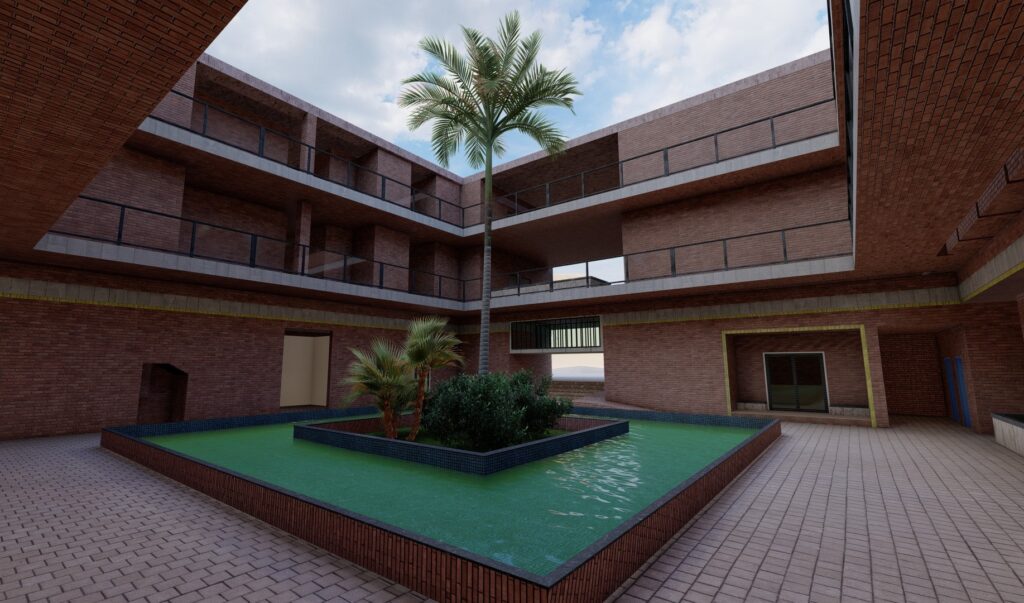
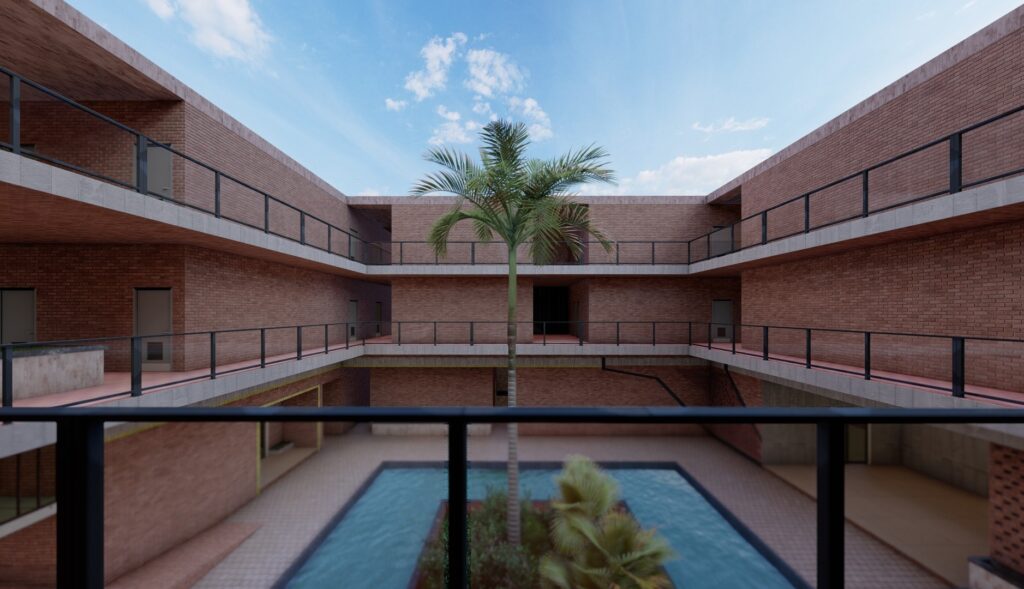
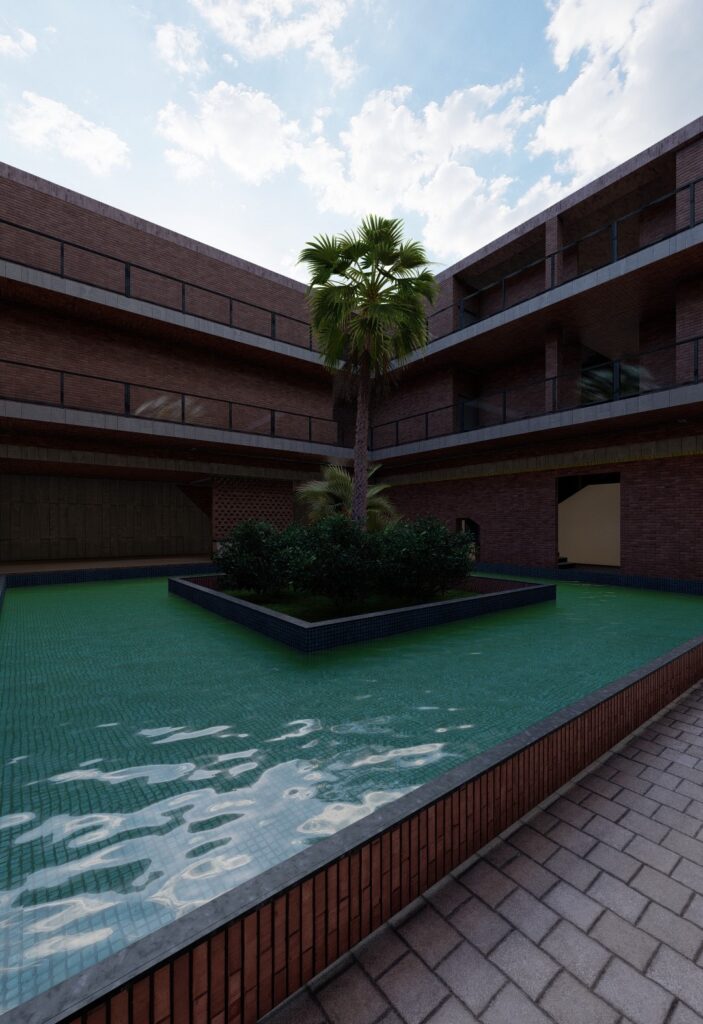
This project is an attempt to experience rehabilitation and provide a way to spread it in the historical context so that it changes the social and cultural structure and generates the new life. But the main problem in rehabilitation of historical context is to deal with the pseudo-historical patterns desired by decision-making organization that are trying to make an imitation of the original with codes and ornaments which are familiar to our eyes. We tried not to involve the project in common codes and motifs to propose a strategy for spreading block to block of life into the context in the direction of rehabilitation of historical context.
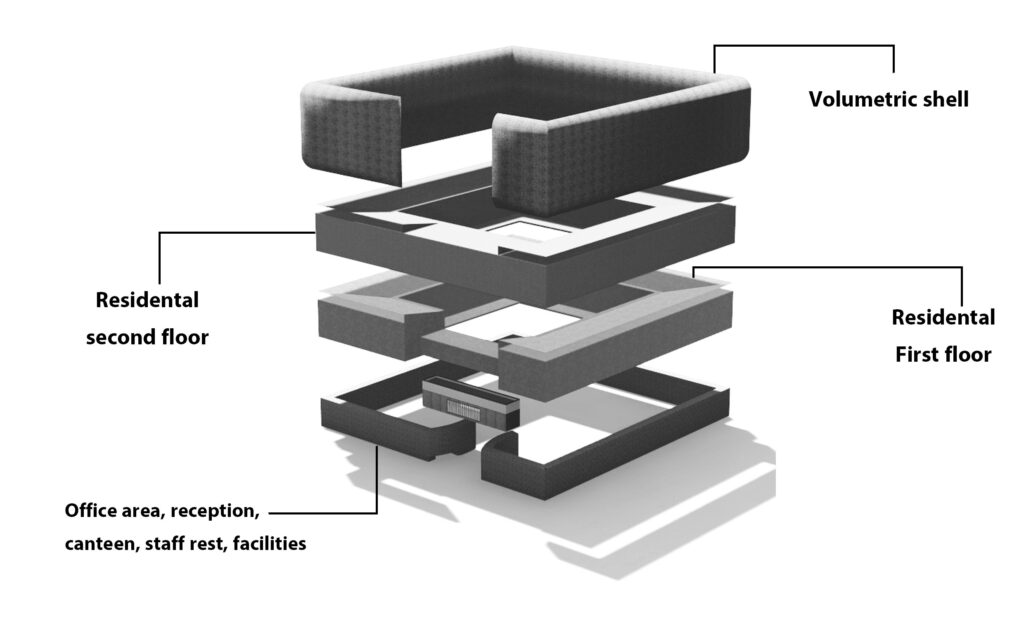
Technical drawings
